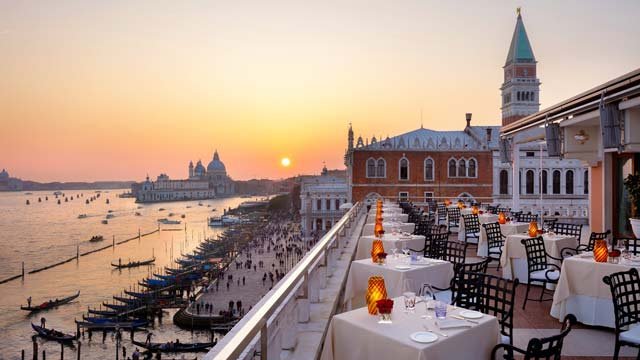Capturing the Essence of Chioggia and Pellestrina: A Photography Workshop Experience
/As an award-winning photographer with the privilege of working with Getty Images, I've always been fascinated by the power of visual storytelling. This summer, I had the unique opportunity to host a photography workshop in two of Italy's hidden gems—Chioggia and Pellestrina. These charming fishing villages, often overshadowed by their glamorous neighbour Venice, offer many challenging and rewarding photographic opportunities.
My Discover Chioggia Tour is here https://www.msecchi.com/discover-chioggia
The Journey Begins: Arrival in Chioggia
The journey from Lido to Chioggia was a photographer's dream—gliding through the Venetian Lagoon, we were greeted by a tapestry of colours reflecting off the water, setting the tone for the visual feast that awaited us.
Our workshop began in Chioggia, often called "Little Venice." Unlike Venice, Chioggia is less crowded, allowing for a more intimate experience. The town's narrow streets, historic architecture, and vibrant fish market provided the perfect backdrop for our first day of shooting.
Workshop Highlights in Chioggia
The Fish Market: Capturing the hustle and bustle and the intricate details of the fresh catch.
Historic Architecture: Learning how to play with light and shadow amidst the narrow lanes and historic buildings.
Street Photography: Engaging with locals to capture candid moments that tell the story of Chioggia.
The Adventure Continues: Pellestrina
After a fulfilling time in Chioggia, we took a short boat ride to Pellestrina, an island known for its serene beaches and traditional fishing techniques. The change in scenery offered new challenges and learning opportunities for our participants.
Workshop Highlights in Pellestrina
Seascape Photography: Mastering the art of capturing the sea at different times of the day.
Local Life: Documenting the daily routines of fishermen and their age-old techniques.
Sunset Shoot: Wrapping up the day with a breathtaking sunset, learning how to capture the perfect golden hour shot.
The Learning Experience
Throughout the workshop, participants had the chance to learn various aspects of photography, from technical skills like aperture settings and composition to the art of visual storytelling. Personalized feedback sessions were held each evening, allowing everyone to learn from each other's experiences and improve their skills.
Conclusion
The Chioggia and Pellestrina photography workshop was about capturing beautiful images and experiencing the soul of these lesser-known Italian locales. As we wrapped up our journey, each participant left with stunning photographs, unforgettable memories, and newfound skills they can apply in any setting.
My Discover Chioggia Tour is here https://www.msecchi.com/discover-chioggia










































